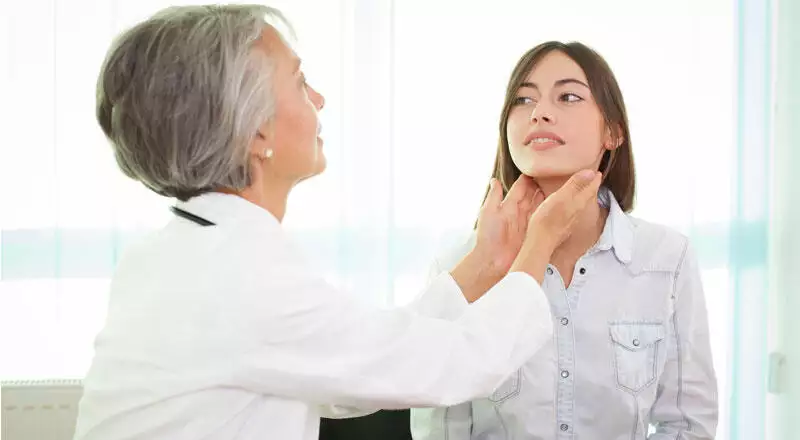Survey Says…”X.”
When I was a kid, my mom had this thing about x-rays at the dentist. Every time my brother and I went for our annual teeth cleaning and check-up, the dentist wanted to take x-rays of our mouths, and every time my mother would refuse to let him. I didn’t mind – I hated having to bite down on that plastic thing shoved inside my cheek, and the lead vest they put over my torso always made me nervous. At the time, it was a little embarrassing to have to sit there while my mom argued with the dentist over radiation exposure, but the experience made me realize a few things: one, you don’t have to go along with everything in life just because it’s what’s typically done, and two, you should try to limit your exposure to radiation as much as possible.
The first of these lessons is one that I make use of often. I’m a big fan of questioning authority – respectfully, of course – and of making informed decisions for myself rather than blindly relying on “common practices.” I’ve told my kids early and often that the argument that everyone else has it/is doing it/gets to go there is never, ever going to work on me, and that if they want to persuade me of something, they’re going to have to come up with some much better and more creative reasons than that.
The second of these lessons, however, is (thankfully) not one that I’ve needed to heed very often. In fact, I can only think of two times that it’s come in handy. The first time, I was really sick and my doctor took a chest x-ray in his office. I was then admitted to the hospital and the doctor there wanted to take another chest x-ray the same day. I refused, insisting instead that my doctor could send over the x-ray that had been taken just a few hours before. The second time, I was in Hawaii, pregnant with my son, and I started having excruciating pain on the right side of my abdomen. The E.R. doctor was worried my appendix might burst, and he wanted to take an x-ray to see if they should operate. He assured me that the risks to the baby were low since I was in my second trimester and not my first, but still, there was no chance in hell I was going to agree to expose my still-developing baby to radiation. So I sat in the hospital for five hours waiting to see if my appendix would explode. It didn’t, and the pain eventually went away. I still don’t know what was wrong with me, but I can tell you that I feel a whole lot better knowing that I didn’t increase my son’s chances of getting cancer.
That was almost seven years ago, though, and I haven’t thought much about x-rays since then. Or at least, I hadn’t, until the news started reporting about the full-body scanners that are now being used as part of airport security measures. We’re going to be traveling over winter break, and when I heard about the body scans, my first thought was no way. Uh-uh. I’ll take the invasive, full-body grope by a leering TSA worker any day of the week over x-ray machines that haven’t been tested over the long term. But when I announced to my husband that our family would be opting for the pat-downs, he got all weird about it, quoting the ‘don’t touch my junk’ guy who’s become the poster boy for the Airports Are Invading My Privacy movement. So I scurried off to my computer to do some research about the scanners, in order to strengthen my anti-x-ray arguments.
What I learned is disconcerting. Without getting too technical, there are two kinds of body scanning machines. The millimeter wave scanner uses radio waves to take a picture of the body, which is, by all accounts, harmless. The backscatter scanner, on the other hand, shoots x-rays into the body to create an image. According to the government, these machines have been tested extensively, and it would take 5,000 backscatter scans to equal the radiation from one chest x-ray. That said, however, some scientists from the University of California at San Francisco are claiming that the backscatter x-ray machines may, in fact, lead to an increased risk in skin cancer, since the x-rays are concentrated exclusively on the skin. Furthermore, a radiologist from Columbia University has expressed concerns to Congress that while the general population may not be at risk from the x-ray machines, about five percent of people are extra sensitive to x-rays. This five percent (that’s one in twenty people) have gene mutations that make them less able to repair x-ray damage to their DNA. Any one of us could be in that five percent, and there’s really no way to know if you are. Children, too, may be at an increased risk, because they have more dividing cells at any given time, which also could mutate when exposed to radiation.
So guess what? I win. LAX uses the backscatter x-ray machines, and I’m not going through it. And neither is anyone else in my family. I’m thrilled that the government thinks they’re totally safe, but the government once thought that Agent Orange was safe, too. And you know, just because it’s the new common practice at airports doesn’t mean that I have to go along with it. And by the way, if anyone has a problem with that, they can take it up with my dentist.




